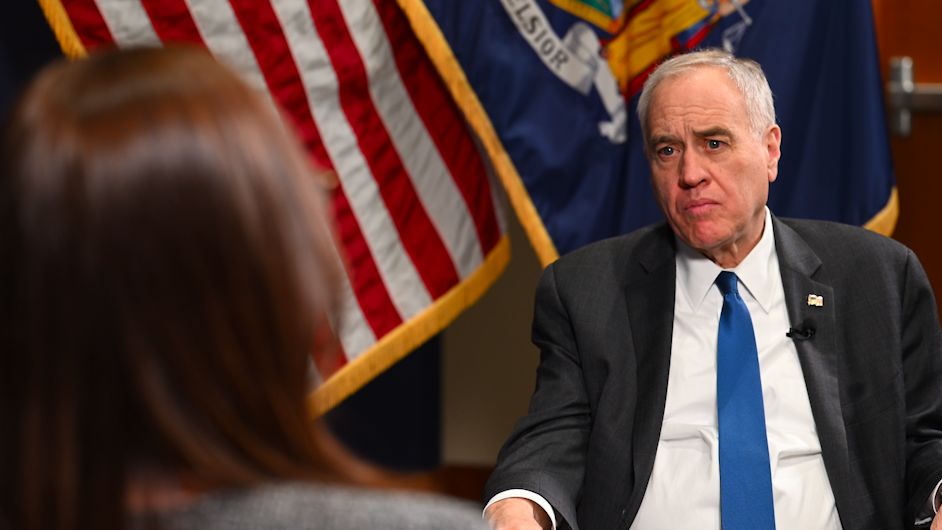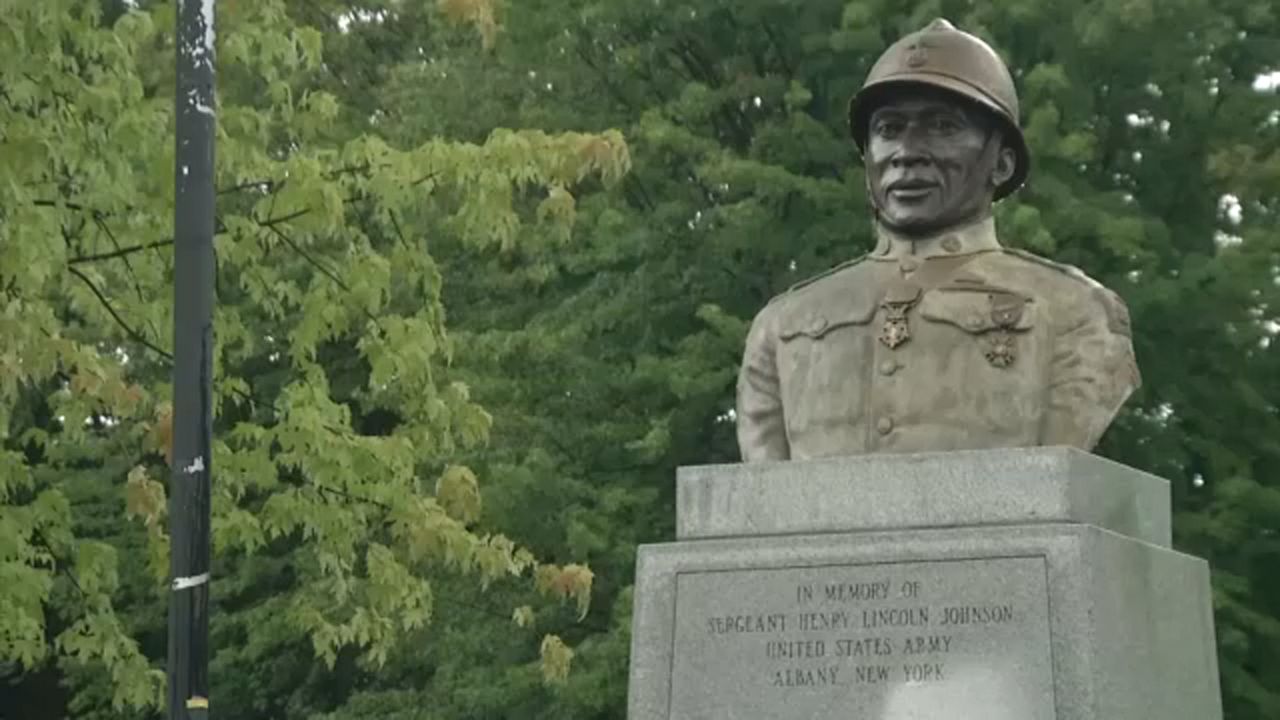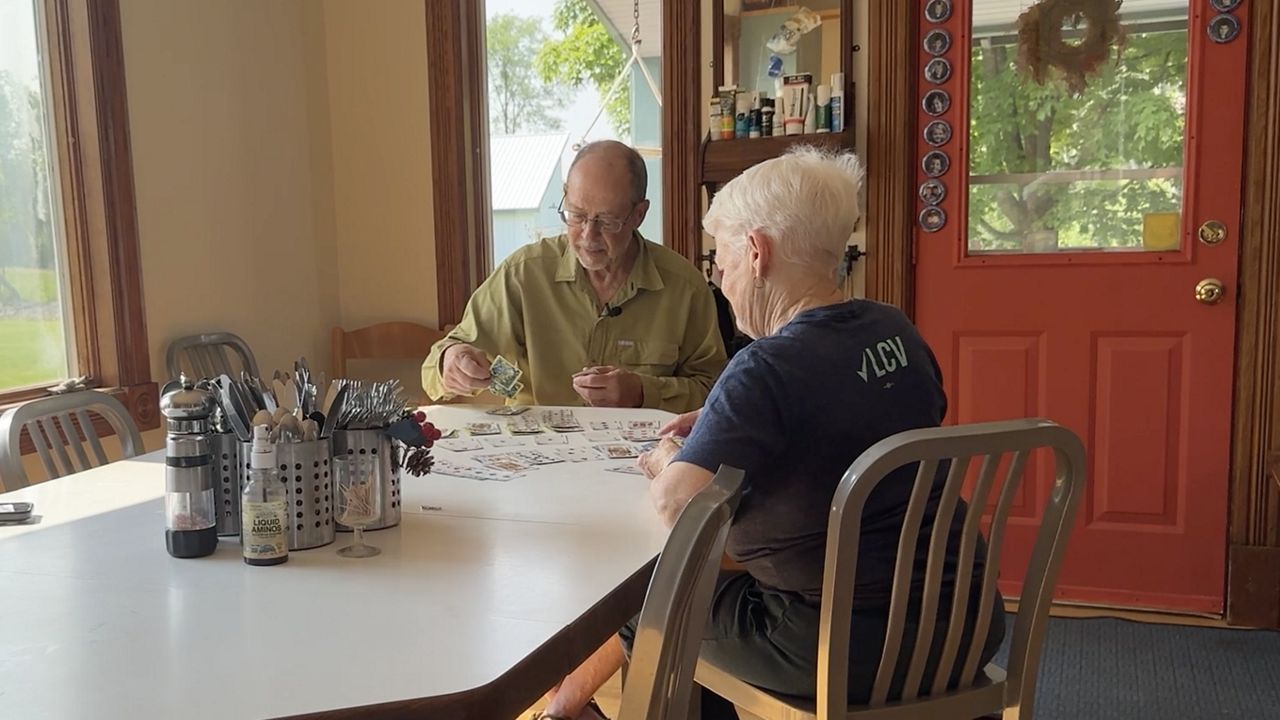The first years are crucial for child development, which is why New York offers free universal pre-kindergarten, giving 4-year-olds access to early education. But getting signed up can be a challenge.
For Brittny Harding, one of the joys is seeing her daughter Leia at the school where she works. Pre-K provides 4-year-olds like Leia with the opportunity to learn through play and develop independence.
"We first went to orientation, she was so ecstatic. And it made it a lot easier to let her just go and do this without crying my eyes out," Harding said.
However, getting a child enrolled isn't easy for all families. Promoting pre-K enrollment starts months in advance through various channels.
"We try to find a balance. We always push out our information usually in January or early February, but we use all of our socials now to help with that - Facebook, Twitter, our web page," said Kerrie Barker, a former pre-K teacher and current building leader at Broadalbin-Perth Elementary School.
Barker is tasked with helping families overcome barriers to New York's universal pre-K program. Lack of internet access, transportation issues and other socioeconomic factors can make the registration process challenging for some families.
"We definitely have made home visits in the past and do it even still now ... If you can't come to us, we find a way to get to you," Barker said.
More than 650 school districts throughout New York receive pre-K funding, but demand often exceeds available spots, leading to lotteries in many areas.
"We have five sections. That's what we have the space for is five sections of pre-K with 18 students in each section, which gives us that maximum number of 90," Barker explained.
For parents like Harding, who are lucky enough to get a child into universal pre-K, the experience has been priceless.
"She absolutely loves it. She is so excited to come here," Harding said.
It's worth noting that alternative child care options can come at a steep cost. According to the Economic Policy Institute, the average child care expense for preschool-age children exceeds $15,000 annually — a price many families simply can't afford.









